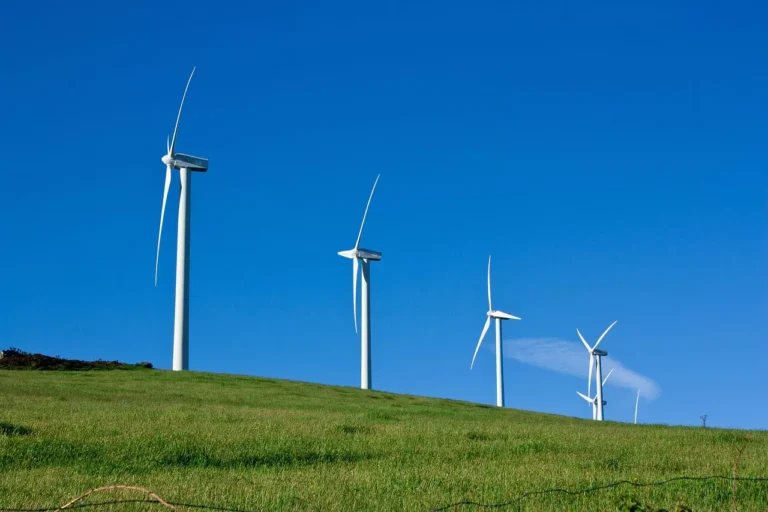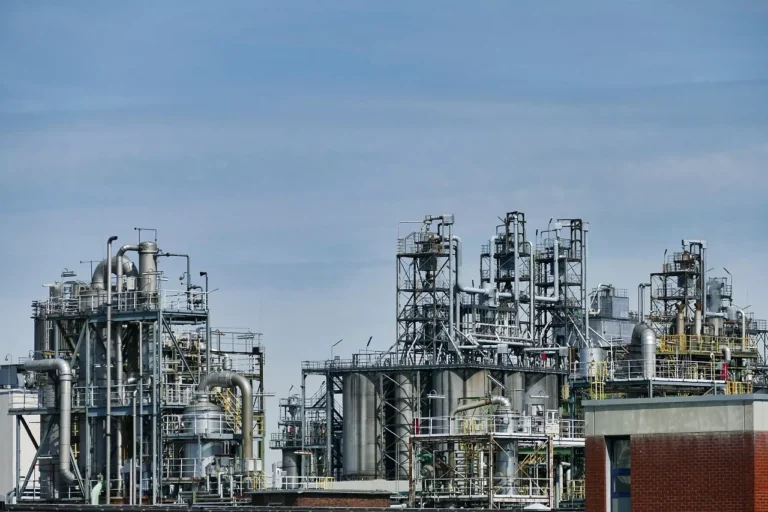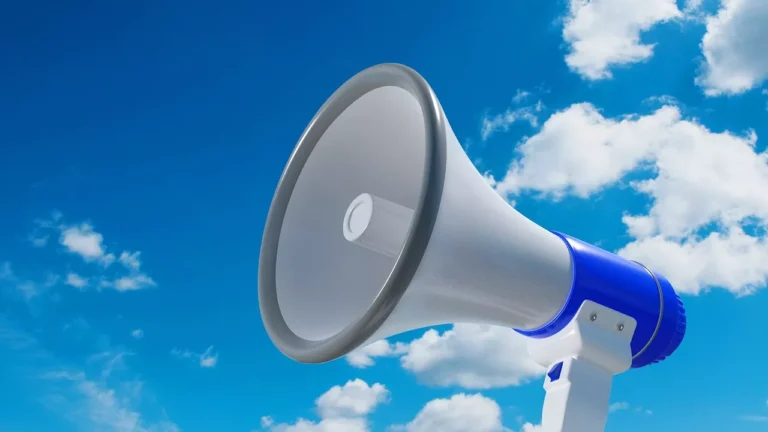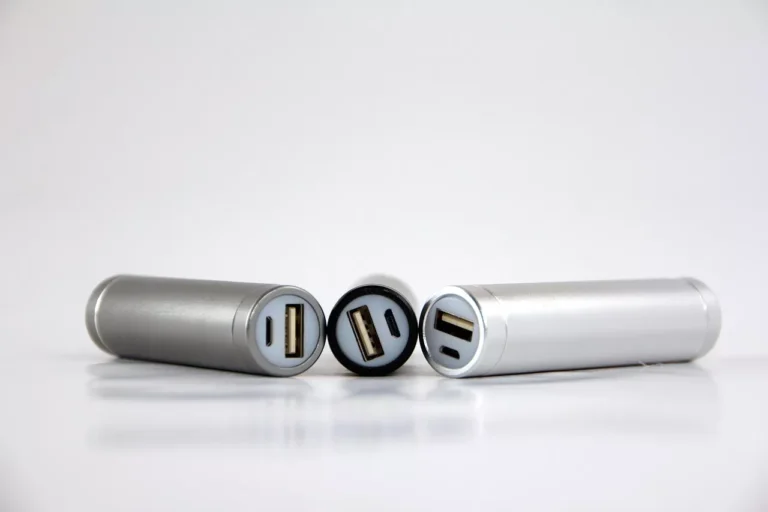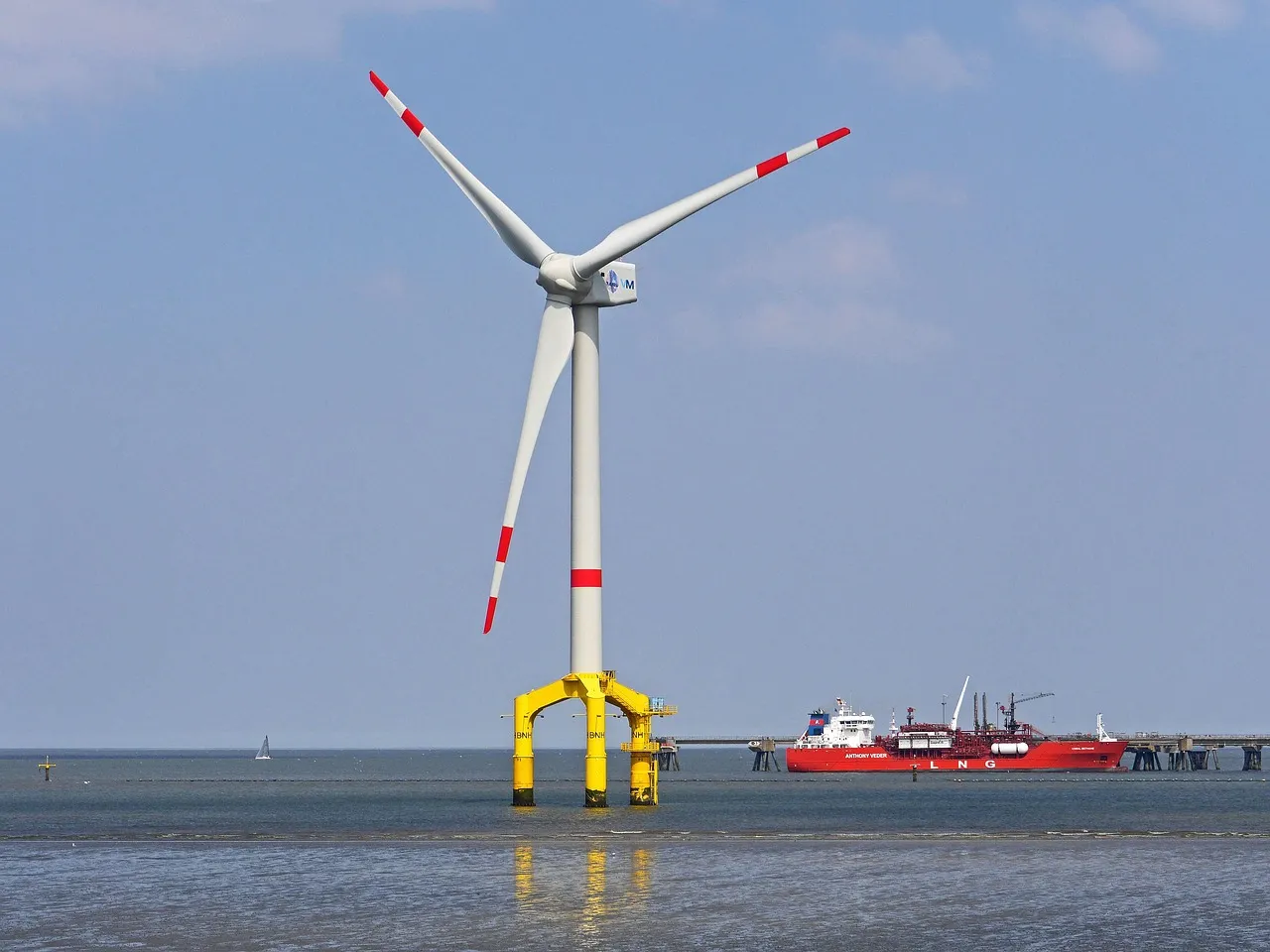
Aikido Technologies to Test Groundbreaking 15MW Floating Wind Platform in Norway
Aikido Technologies, Inc. (Aikido), a pioneering company specializing in floating offshore wind technology, has announced a landmark collaboration with the Marin Energy Test Centre (METCentre) in Haugesund, Norway. The agreement sets the stage for the deployment of Aikido’s first full-scale floating wind demonstrator, the AO60 project, rated at 15 megawatts (MW). Scheduled for installation in 2027, this project is poised to be one of the largest floating wind platforms ever built and tested, marking a significant step forward for the offshore wind industry.
Norway: A Hub for Floating Offshore Wind Innovation
The METCentre boasts a rich legacy of advancing floating wind technology. It was the site of the world’s first floating wind turbine deployment by Equinor (formerly Statoil) back in 2009, making it a beacon for innovation in renewable energy. The METCentre continues to support cutting-edge projects that aim to optimize the viability and scalability of offshore wind power, especially in deep waters where traditional fixed-foundation turbines are impractical.
By partnering with METCentre, Aikido benefits from this rich history and a robust Norwegian supply chain known for expertise in maritime infrastructure, steel fabrication, and offshore engineering. Norway’s extensive offshore industry and existing infrastructure, including ports and vessels, make it an ideal location for demonstrating the potential of floating wind technology.
The AO60 Project: A New Approach to Floating Wind
The AO60 demonstrator project represents Aikido’s bold vision to revolutionize floating wind platforms with an innovative design and assembly approach. Rated at 15 MW, the AO60 platform will rank among the largest floating wind turbines ever constructed, pushing the boundaries of scale and efficiency in the offshore wind sector.
What sets the AO60 apart is its modular construction and ‘flat-pack’ assembly methodology. Instead of the traditional monolithic structures that require extensive on-site welding and coating, Aikido’s platform consists of thirteen modular steel components, including columns and trusses. These components can be fabricated at existing offshore wind or general steel fabrication facilities, providing flexibility and cost-efficiency.
This modular design allows the components to be transported easily to an assembly site near METCentre, where the platform can be rapidly put together. Unlike conventional platforms that can take months to assemble, the AO60 can be completed in days due to the innovative use of pin joints rather than traditional welded connections.
The Engineering Behind the Flat-Pack Design
Aikido’s flat-pack configuration relies heavily on pin joint technology. These pin joints function as hinges, enabling the platform to fold compactly during transport and assembly. This folding ability drastically reduces the space requirements, occupying only about one-third the volume of a traditional floating wind platform. This innovation allows Aikido to use existing maritime logistics infrastructure — such as standard heavy-lift vessels and port facilities — that would otherwise be unsuitable for handling very large offshore wind structures.
Once transported and assembled, the platform is deployed in the water and unfolded through a simple ballasting procedure. Ballasting involves filling specific compartments with water to adjust buoyancy and stability, allowing the platform to assume its full operational shape in situ. This process significantly reduces the need for complex and expensive assembly activities at sea, lowering costs and risks associated with offshore operations.
Advantages of Aikido’s Approach
Aikido’s platform design addresses several key challenges in the floating offshore wind industry, particularly related to cost, logistics, and deployment speed. Floating wind turbines are crucial for expanding wind power into deepwater areas where fixed foundations are unfeasible. However, these turbines have traditionally faced high costs due to complex manufacturing and installation processes.
By simplifying construction with modular components and pin joint assembly, Aikido reduces both time and labor requirements. This streamlined process lowers overall costs, making floating wind more competitive with traditional energy sources. Moreover, the ability to leverage existing ports and vessels minimizes the need for specialized infrastructure investments, accelerating market entry and scalability.
Additionally, the AO60 project’s collaboration with local Norwegian supply chain partners underscores the importance of regional industrial ecosystems in enabling renewable energy projects. Norway’s mature offshore and maritime industries provide a strong foundation for fabricating and assembling these advanced structures, supporting local economies while advancing global clean energy goals.
Leadership Perspectives
Sam Kanner, CEO of Aikido Technologies, expressed enthusiasm about the partnership and the potential impact of the AO60 project. “We are proud to announce our partnership with the METCentre. Norway is a key floating wind market, as shown by recent developments such as the Utsira Nord project,” Kanner said. “This collaboration will demonstrate how Aikido’s technology can leverage existing infrastructure and vessels to reduce risks and accelerate the deployment of floating wind both in Norway and internationally.”
Kanner’s remarks highlight Norway’s strategic importance in the floating wind sector and underscore Aikido’s commitment to practical, scalable solutions that integrate with existing maritime ecosystems.
Similarly, Cecilia Girard-Vika, Director of the METCentre, emphasized the project’s value for industry learning and innovation. “The AO60 project offers valuable industry experience and supports the development of a full-scale, innovative, and cost-effective solution,” Girard-Vika stated. “We are very excited to welcome Aikido to our site in Norway and connect them with Norway’s strong floating offshore wind supply chain.”
Their statements reflect a shared vision of advancing floating wind technology through collaboration, knowledge-sharing, and leveraging established expertise in the Norwegian energy sector.
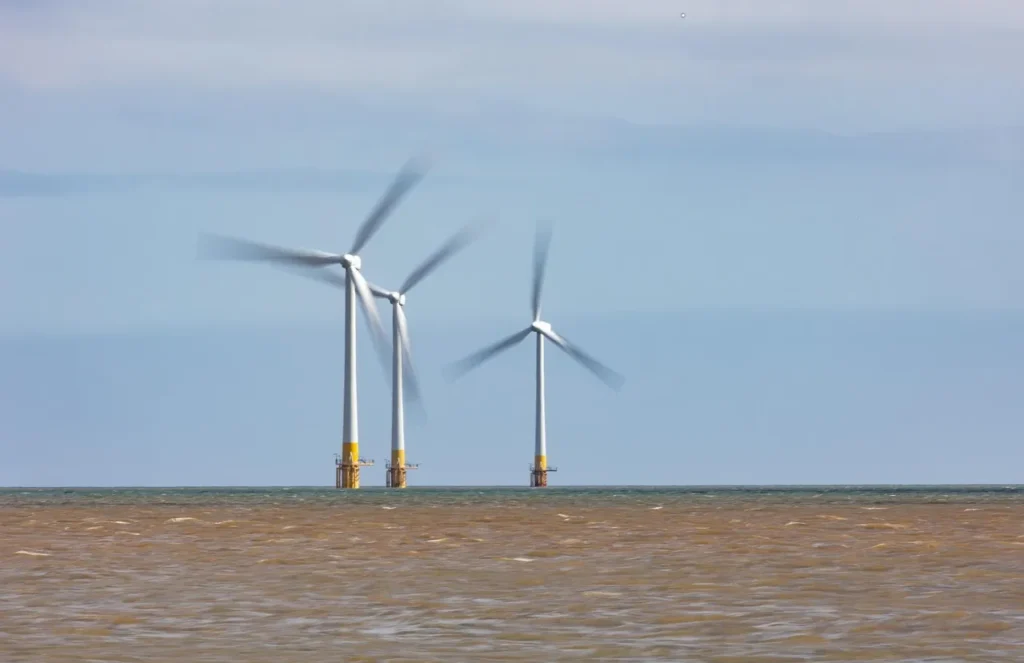
The Future of Floating Wind and Renewable Energy
The AO60 project is part of a broader global push to increase renewable energy capacity, reduce carbon emissions, and transition away from fossil fuels. Floating offshore wind has emerged as a critical technology for unlocking vast wind resources located in deep waters, far from shorelines. These locations typically have stronger and more consistent winds, which can provide a reliable source of clean energy.
However, scaling floating wind technology requires overcoming logistical and engineering challenges, especially related to manufacturing, transport, and installation. Projects like AO60 demonstrate how innovative designs can help address these challenges, reduce costs, and make floating wind economically viable at scale.
The successful deployment and operation of the AO60 platform in Norway could pave the way for larger commercial projects around the world. It will provide valuable data on performance, durability, and maintenance needs, helping to refine designs and reduce uncertainty for investors and developers.
Norway’s Strategic Role in Renewable Energy Innovation
Norway’s geographic position and extensive offshore experience make it an ideal proving ground for floating wind technology. The country’s commitment to renewable energy and its established maritime industries create a supportive ecosystem for innovation.
The AO60 project reinforces Norway’s role as a leader in the global energy transition, particularly in the emerging floating wind sector. Through collaborations like this, Norway is helping to drive down costs, improve technology, and accelerate the deployment of clean energy solutions that can have a global impact.





